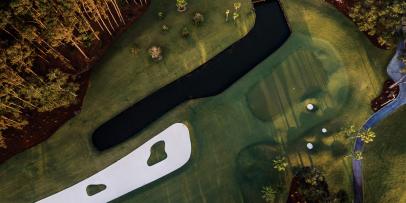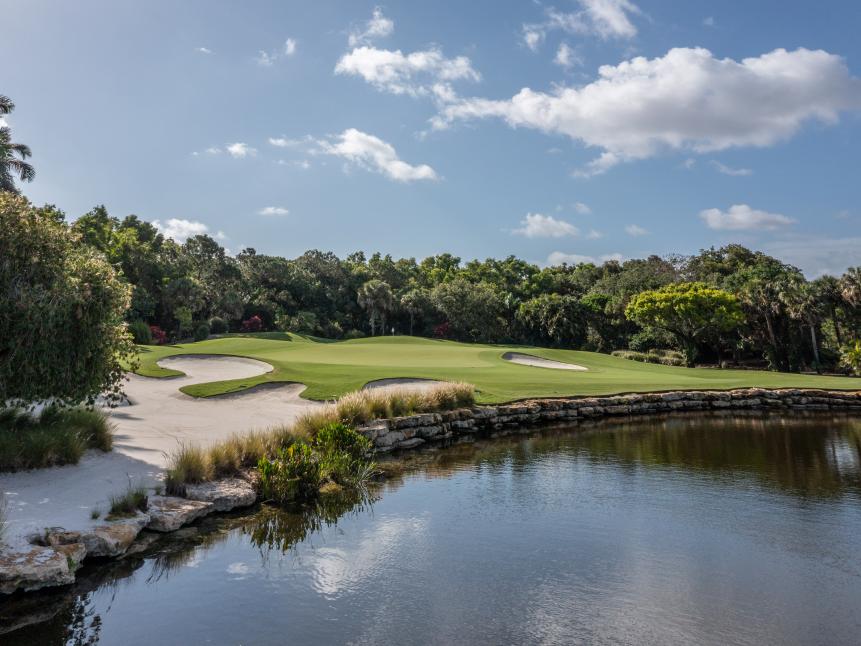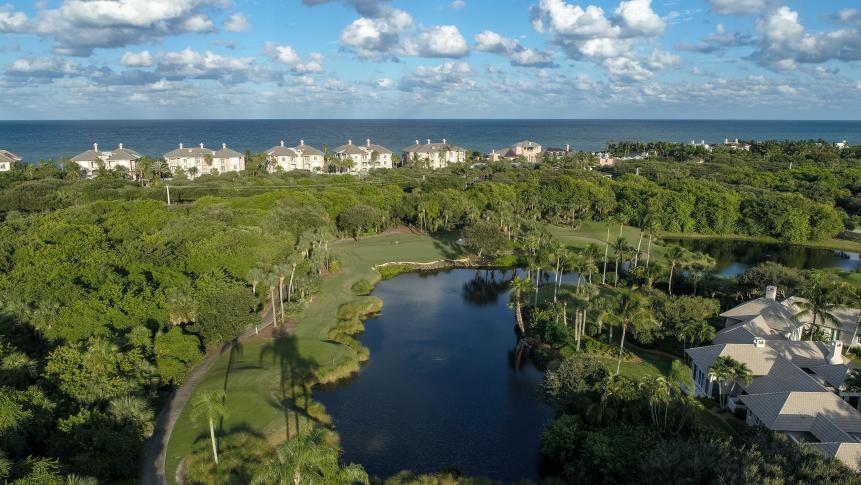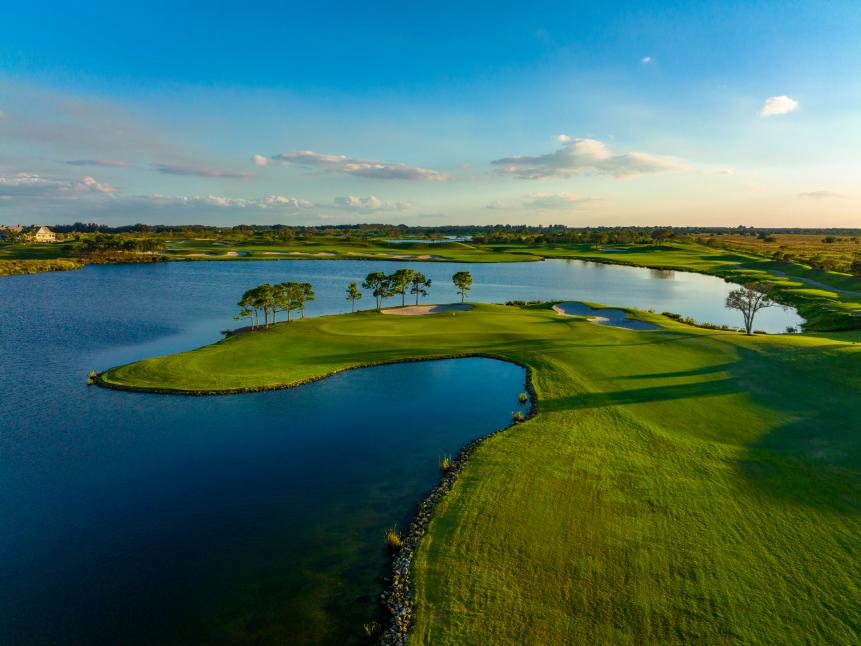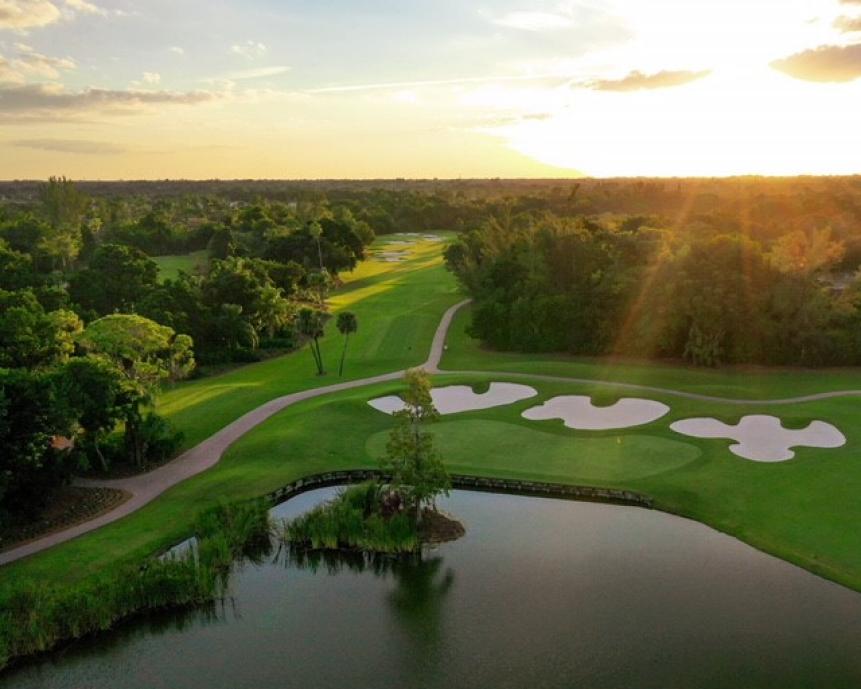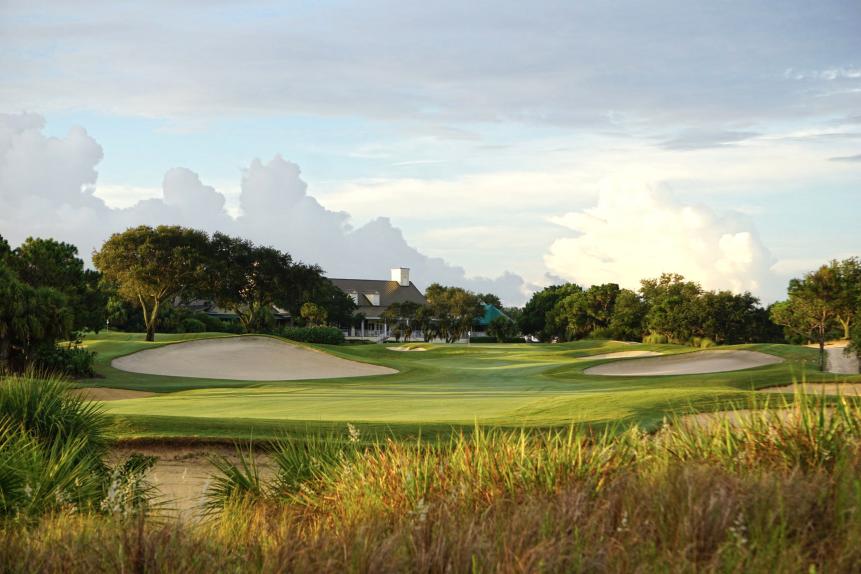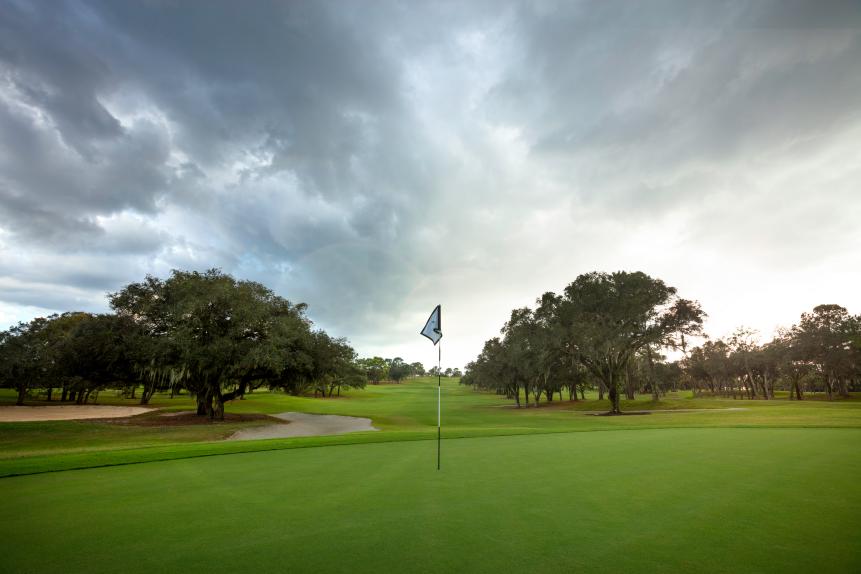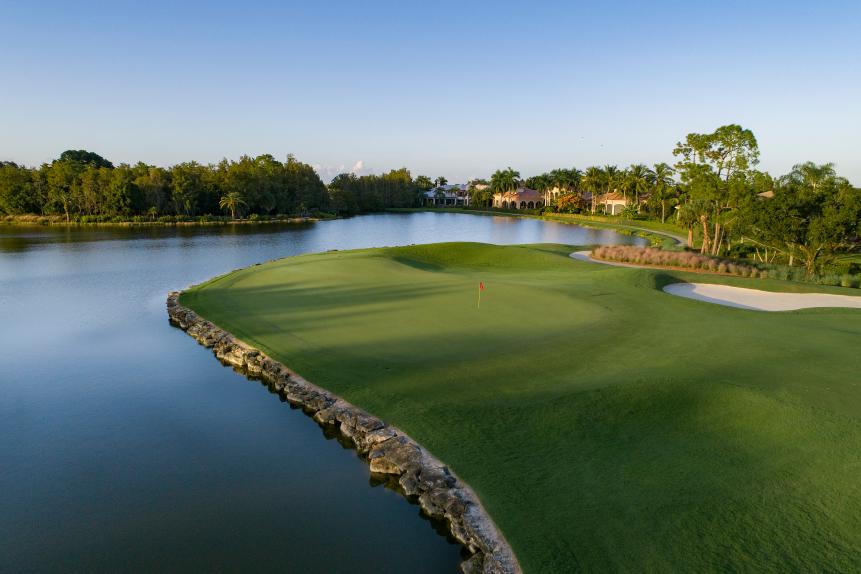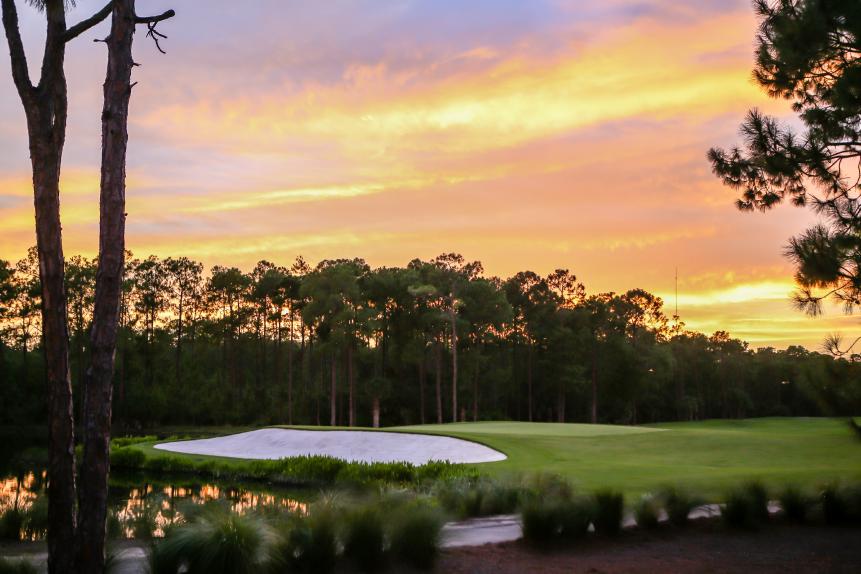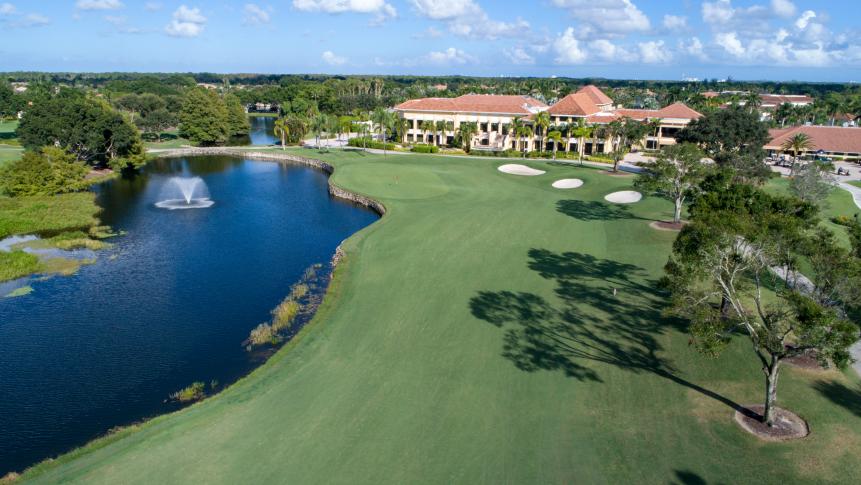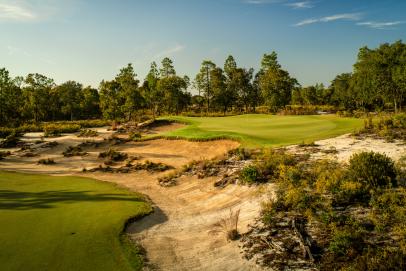Best in State
The best golf courses in Florida
Over the years, Florida golf developed a reputation as being somewhat one-dimensional, full of courses strewn through housing developments and wrapped around ponds and palm trees. That certainly exists, but there's more variety than ever before. The state is really several states in one. There are rolling wooded hills in the Panhandle more reminiscent of Alabama. Northwest Florida is flat and dense with unending tracts of pineland. Large sand ridges run from Jupiter to Vero Beach and provide the backbone for esteemed course including Seminole, Jupiter Hills and John's Island West. South of that is flat, often reclaimed swampland with heavily engineered courses from La Gorce and Indian Creek, built in the 1920s on artificial islands, to modern marvels like Calusa Pines in Naples. Taller ridges and deep pockets of sand in the central part of the state make the courses at Streamsong and Mountain Lake highly original. Even though there's more golf in Florida than anywhere else, there's still more going on than you think.
We urge you to click through to each individual course page for bonus photography, drone footage and reviews from our course panelists. Plus, you can now leave your own ratings on the courses you’ve played … to make your case why your favorite should be ranked higher.
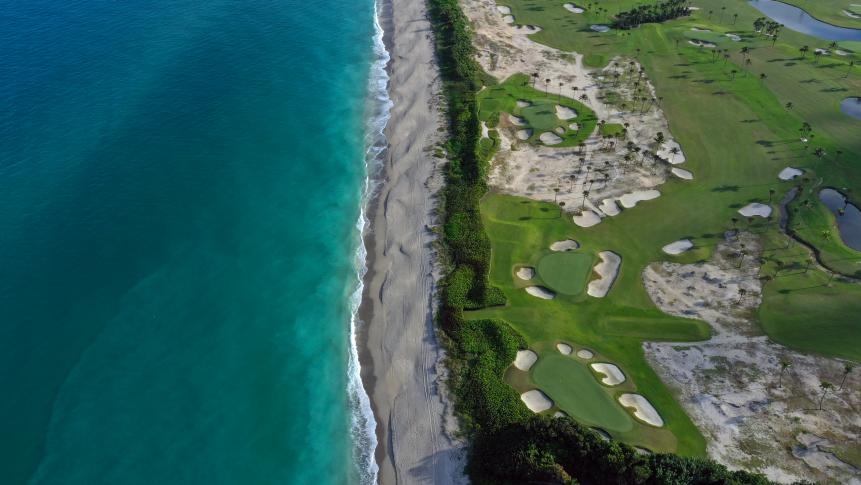
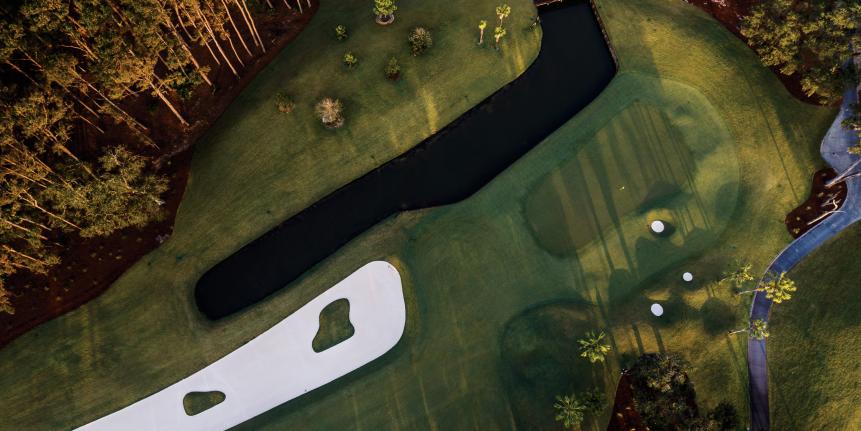
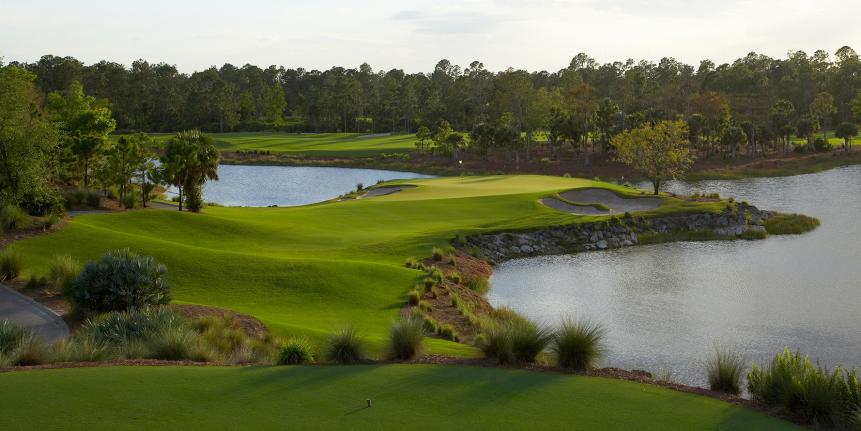
%20-%2015th%20hole%20-%20Larry%20Lambrecht.jpg.rend.hgtvcom.861.574.suffix/1573162582732.jpeg)
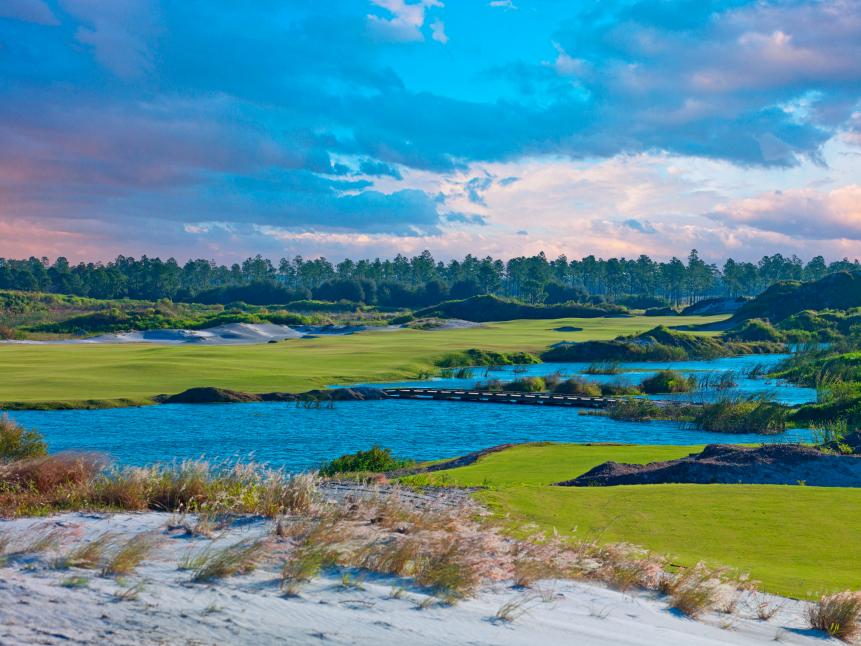
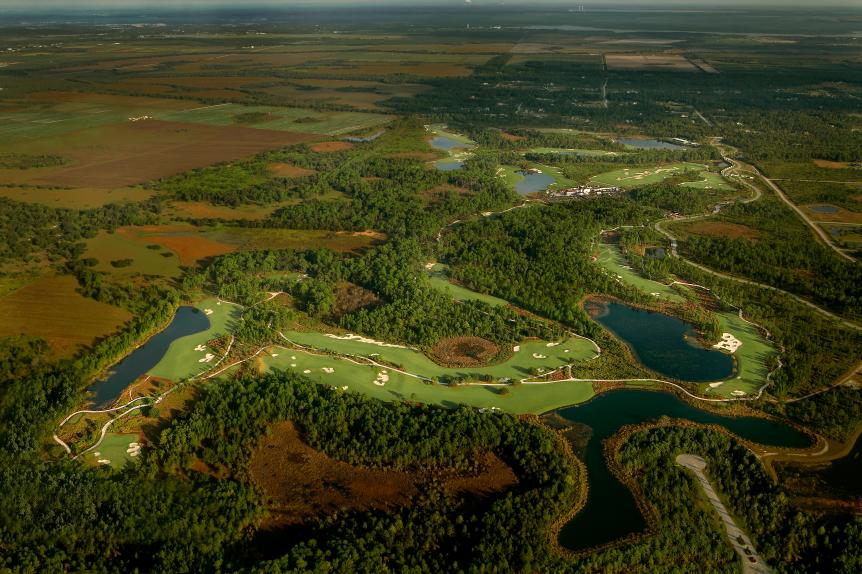
The Concession was originally established by Sarasota resident Tony Jacklin, who convinced Jack Nicklaus to handle the design while Jacklin would offer design suggestions. The club name honors the famous final-putt concession from Jack to Tony in the 1969 Ryder Cup, which resulted in a tie between the teams and a moral victory for the underdog Europeans. The Concession is a terrific design, a rare Nicklaus one that’s not a residential development. The course flows across a variety of landscapes—meadows, wetlands, oak hammocks and pine forests—with spectacular bunkering and exciting green contours. Jack had been working on this course at the same time he and Tom Doak were doing Sebonack, and Jack later admitted the small, heavily-contoured greens at The Concession were inspired by those at Sebonack. In 2021, The Concession hosted the World Golf Championships - Workday Championship, won by Colin Morikawa.

The Dye Course at White Oak, our 2022 Best New Private Course winner, is one of the most exclusive golf courses to be built in recent memory. It’s located on the border of Florida and Georgia outside Jacksonville, in almost complete natural isolation. It has no members, no on-site clubhouse (or any other structures on or near the course), and hardly anyone has played it except for personal invitees of owner Mark Walter and several dozen Golf Digest panelists, who visited between October 2021 and September 2022. Walter engaged the late Pete Dye to design the course in 2013, but by the time construction began in 2017, Dye’s health had deteriorated, and he was no longer able to be active in building it. The job of finishing White Oak fell to longtime confidant and veteran course builder Allan MacCurrach, who interpreted Dye’s wishes based on extensive discussions from previous years and his own wealth of experience working with Dye on over 20 projects. Intensely private and almost entirely off the radar until now, this exclusive video tour captured by photographer Brian Oar offers the first public looks at The Dye Course at White Oak.
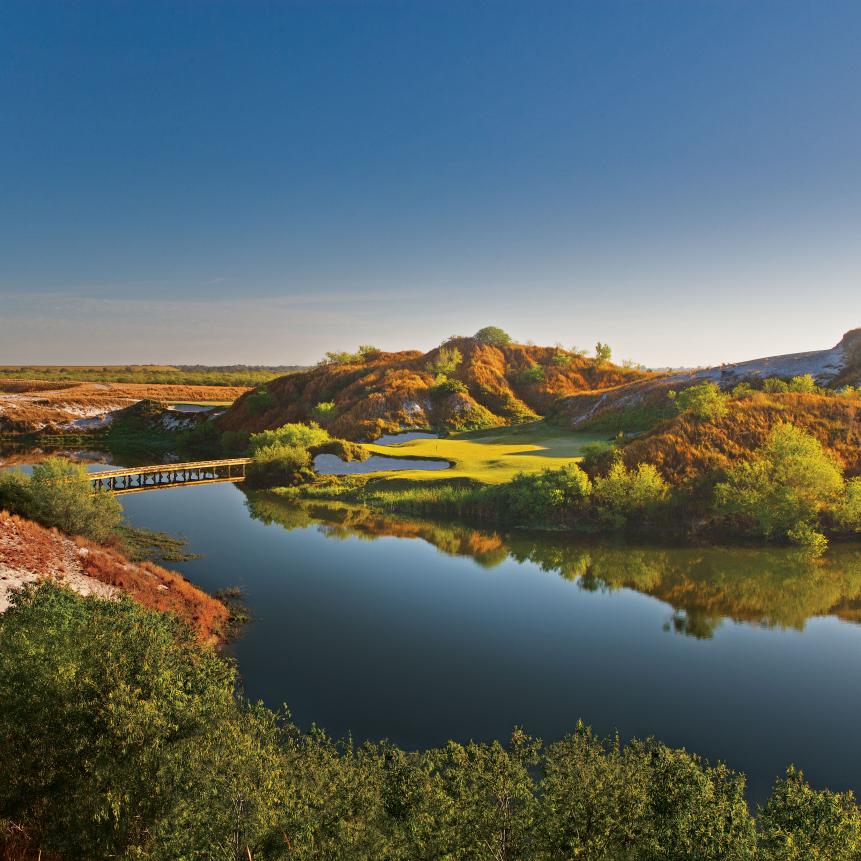
Although congenial rivals, Tom Doak and Bill Coore actually collaborated on Streamsong’s original 36-hole routing, walking the site and mentally weaving holes around stunning mounds, lagoons, sand spits, savannahs and swamp, all elements left after a strip-mining operation. Coore then gave Doak first choice on which 18 he wanted to build, so Doak’s Blue Course includes a few holes routed by Coore. (Coore and Crenshaw’s Red, contains some holes originally envisioned by Doak.) The Blue starts a bit more dramatically, with the back tee on hole one atop a 75-foot sand dune. It has more water carries off the tee, and it’s also a bit more compact, since it sits in the center with the Red Course looping around its outside edges. The Blue definitely has the bolder set of greens, some with massive shelves and dips. The new addition of Streamsong (Black) by Gil Hanse only adds to the spirited competition among designers. The theme song at Streamsong seems to be: “Anything You Can Do, I Can Do Better.”
.jpg.rend.hgtvcom.861.485.suffix/1644519945505.jpeg)
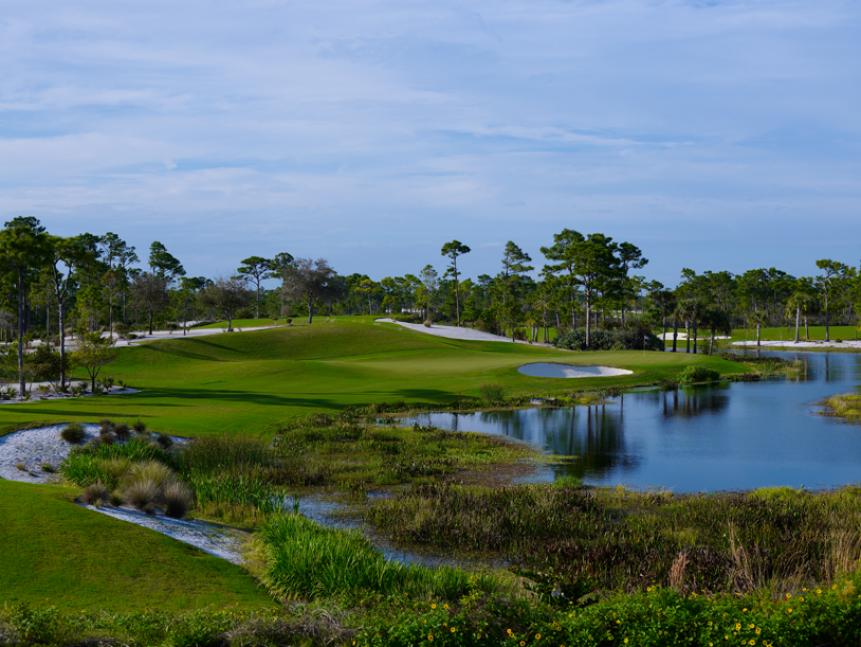
If there’s such a thing as an undiscovered Tom Fazio design, it’s McArthur Golf Club, a players-only layout he did in conjunction with PGA Tour star Nick Price. It’s little-known because of its neighbors, Jupiter Hills, a few miles south, Hobe Sound G.C., one of Joe Lee’s finest, just a few miles closer, and Greg Norman’s Medalist right next door. McArthur sits astride the same sand ridge upon which Jupiter Hills and Medalist were built, and while Fazio had to deal with wetlands and easements in his routing, he framed each hole with acres of exposed white sand in the form of dunes, slopes and hollows to provide McArthur with a singularly stunning look that’s unlike any of its rivals. With those wide expanses of sand, McArthur started a trend that continues today.
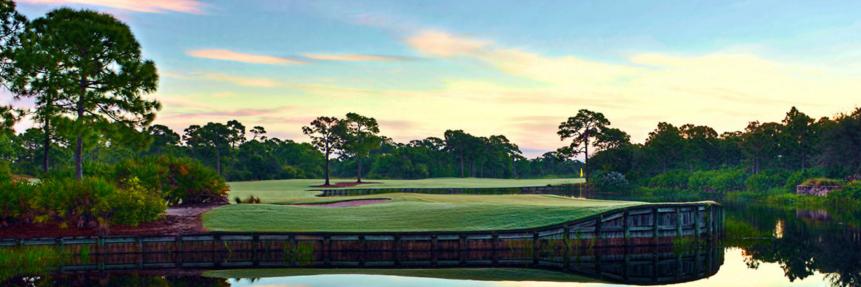
From Golf Digest Architecture Editor emeritus Ron Whitten:
The Bear’s Club marked a transition point in Jack Nicklaus’ design outlook when it opened in 1999. His architecture had typically been analytical and, while still lovely, oriented toward factoring how players might break down the features tactically. That strategic backbone is present in The Bear’s Club, but the team approached the design more holistically than they had previously, factoring in aesthetics to an unprecedented degree. Instead of building holes on a golf site, Jack and his associates created a golf environment, expanding and enhancing a dune ridge running through the low pine and palmetto scrub and anchoring large, sensuous bunkers into the native vegetation.
The course is part of an upscale residential development near the Intracoastal Waterway, but it blends so well you wouldn’t know it. The change in perspective that Nicklaus Design developed at The Bear’s Club pushed the firm toward similar successes in the 2000s like Sebonack (with Tom Doak), The Concession and Mayacama.
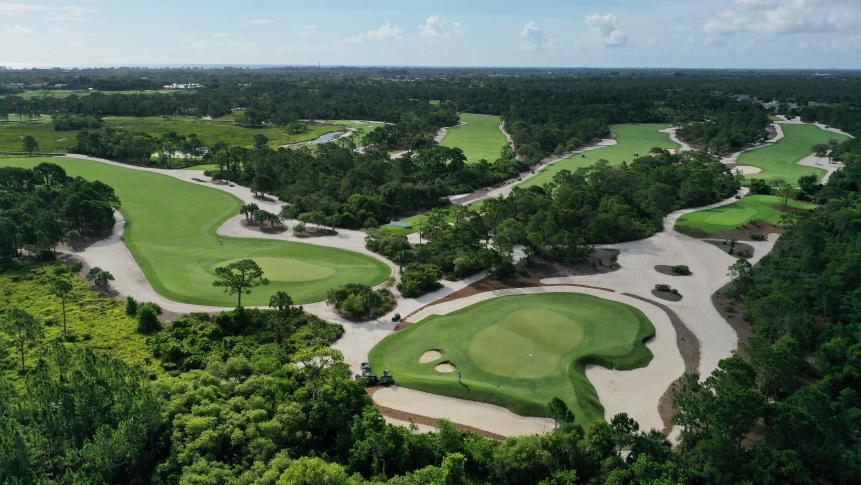
Medalist is a long, demanding course that can stretch out to roughly 7,600 yards, a necessary requirement when the membership includes Tiger Woods, Dustin Johnson, Rory McIlroy, Brooks Koepka and many more of the world’s top professional players. They like The Medalist for the relaxed atmosphere and local convenience, but also because it’s a demanding driving course—the holes circle through an undeveloped sanctuary of wetlands and low scrub vegetation one parcel south of McArthur and are buffeted by the strong Atlantic crosswinds from every direction. Pete Dye designed Medalist with co-founder Greg Norman (this was one of Norman’s first U.S. designs) and the course features Dye’s S-shaped holes curling around sand buffers, slinky ground contour, and small, low-profile greens that bleed into short-grass surrounds. The course had undergone numerous modifications and formalizations in the late 1990s and early 2000s, but Bobby Weed reclaimed much of original Dye character during a 2015 renovation.
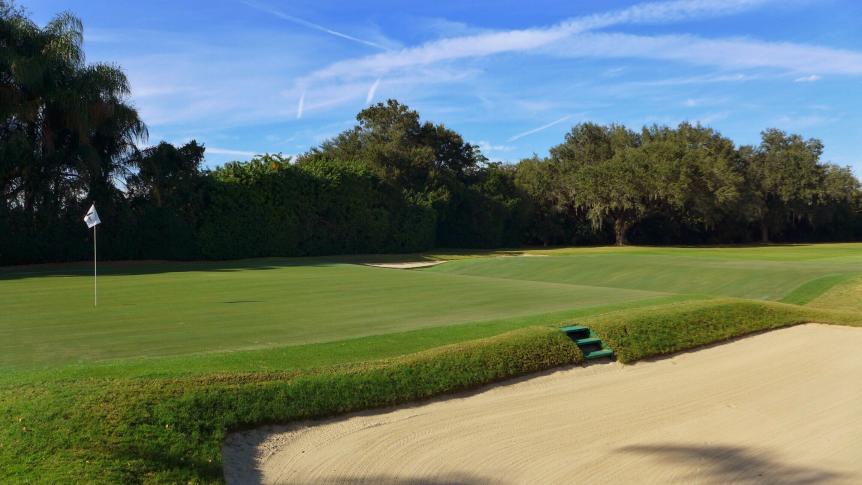
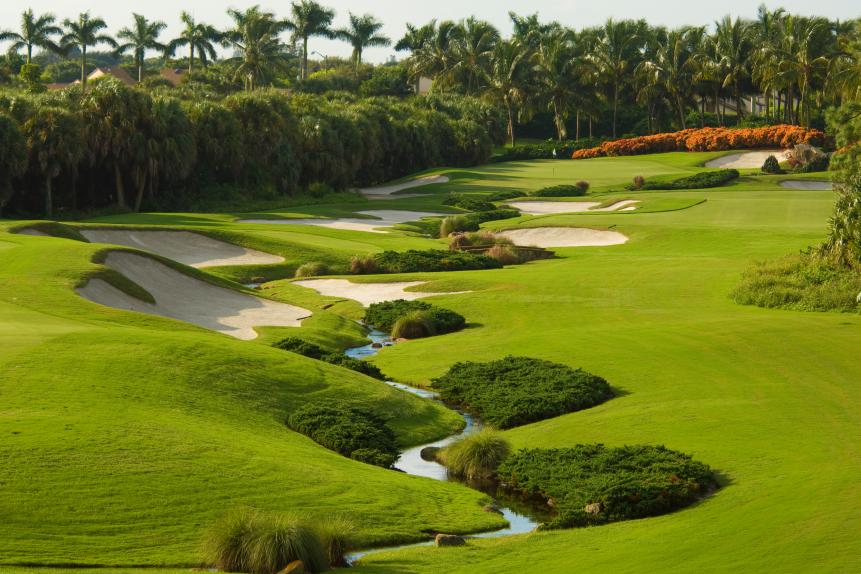

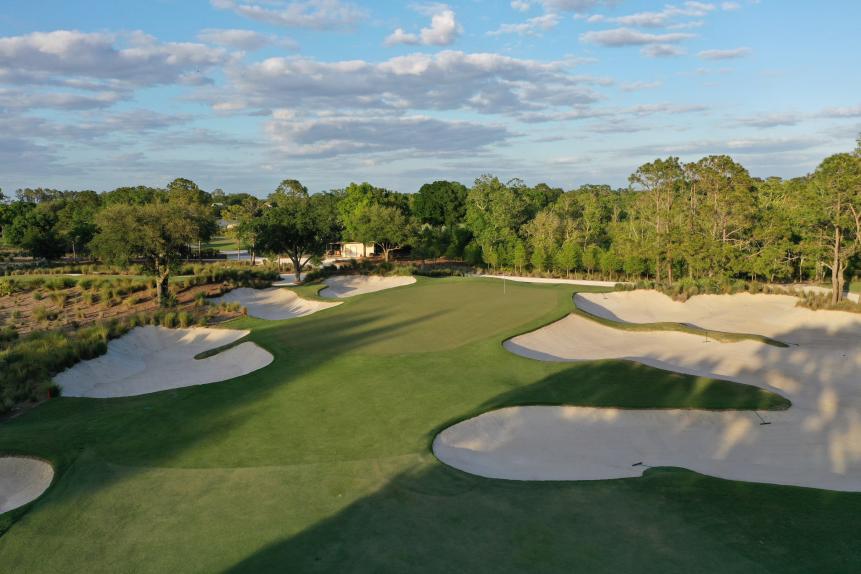
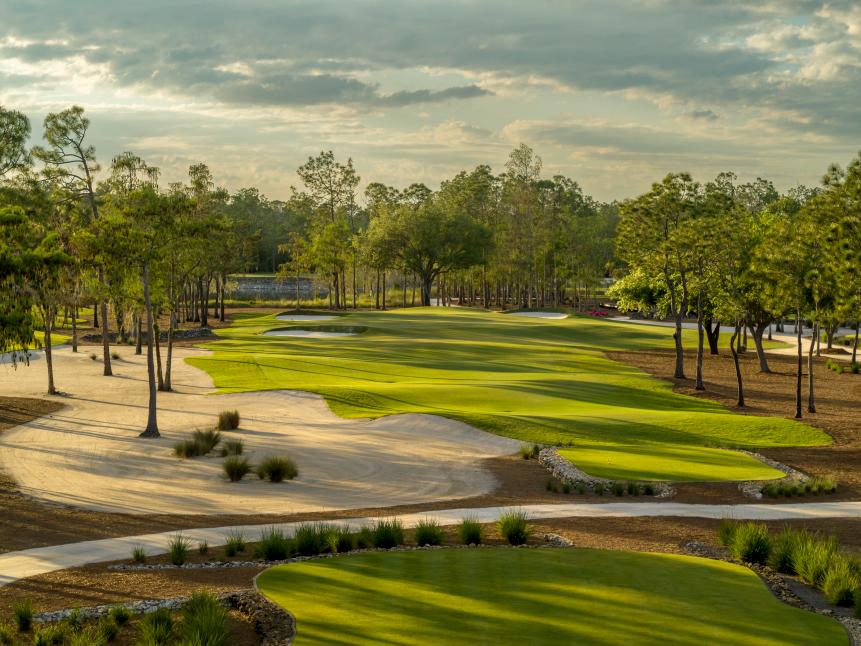
%20-%2015th%20hole%20_2%20-%20Evan%20Schiller.jpg.rend.hgtvcom.861.646.suffix/1588620738914.jpeg)
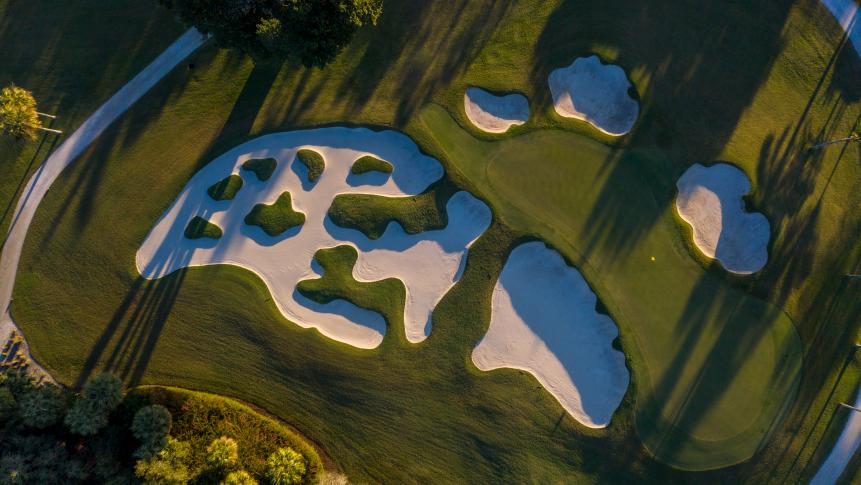

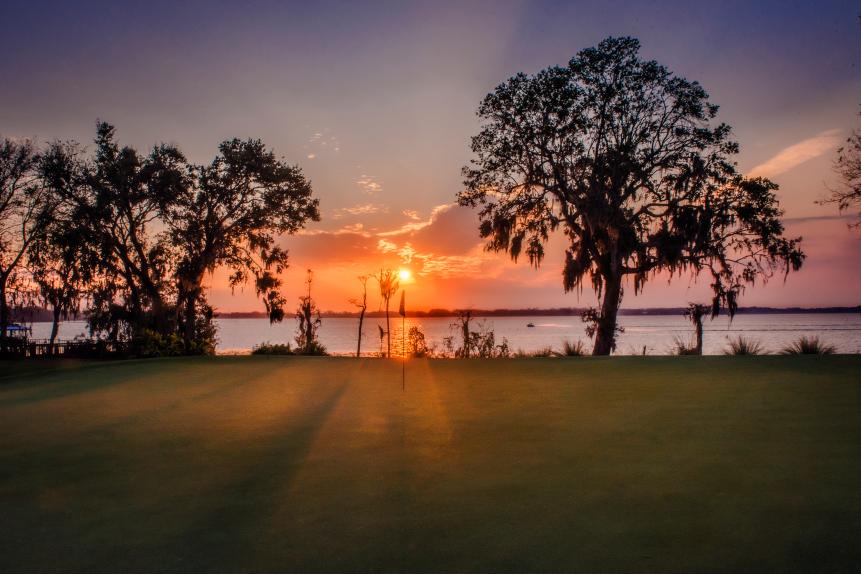

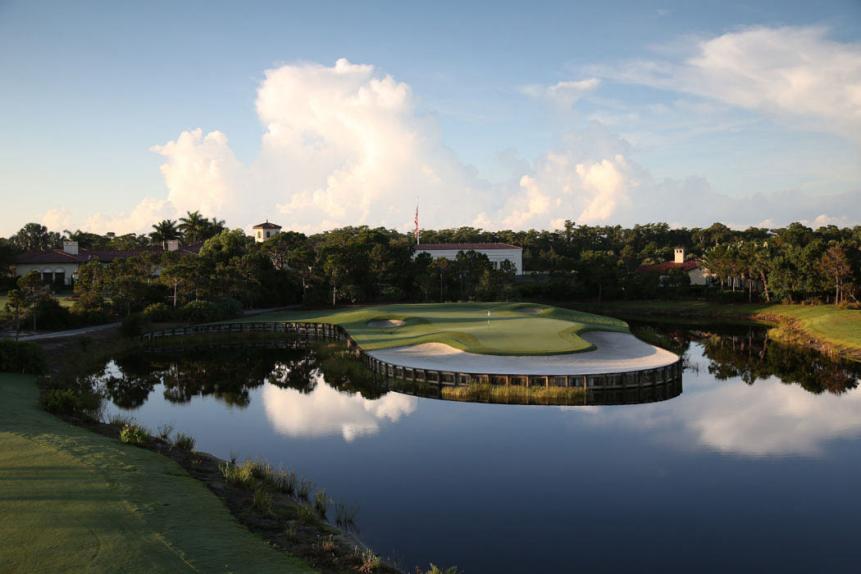

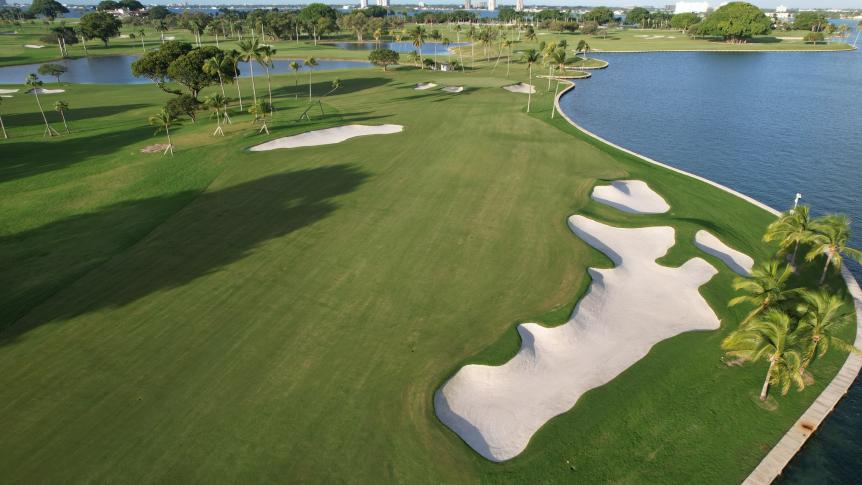
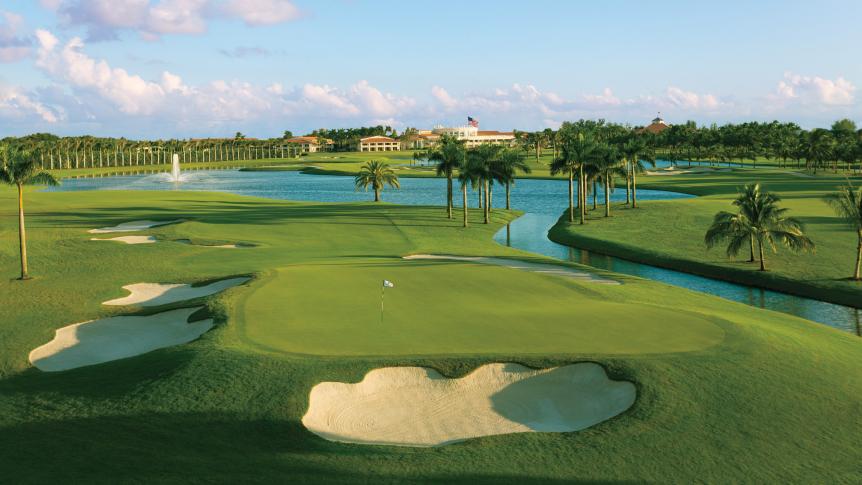
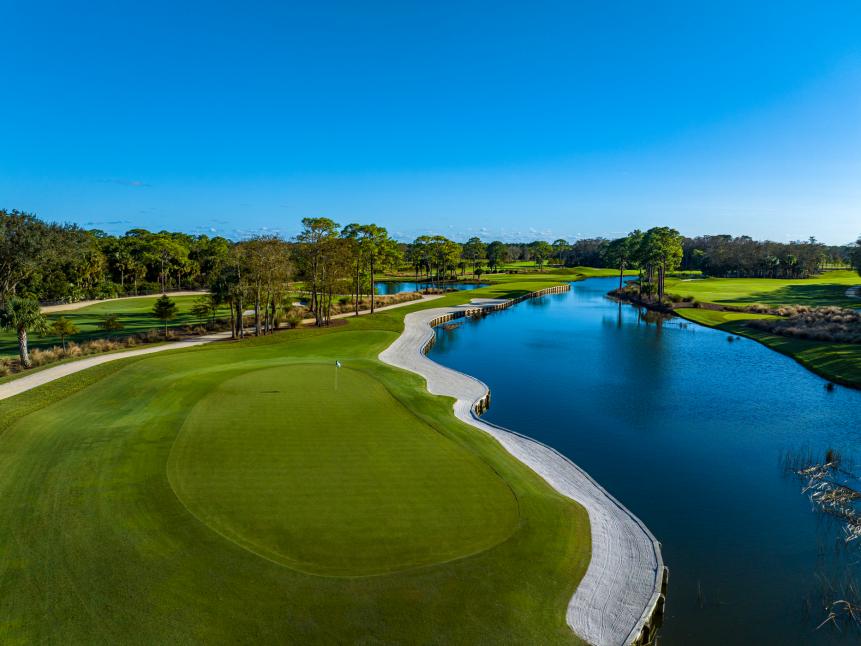

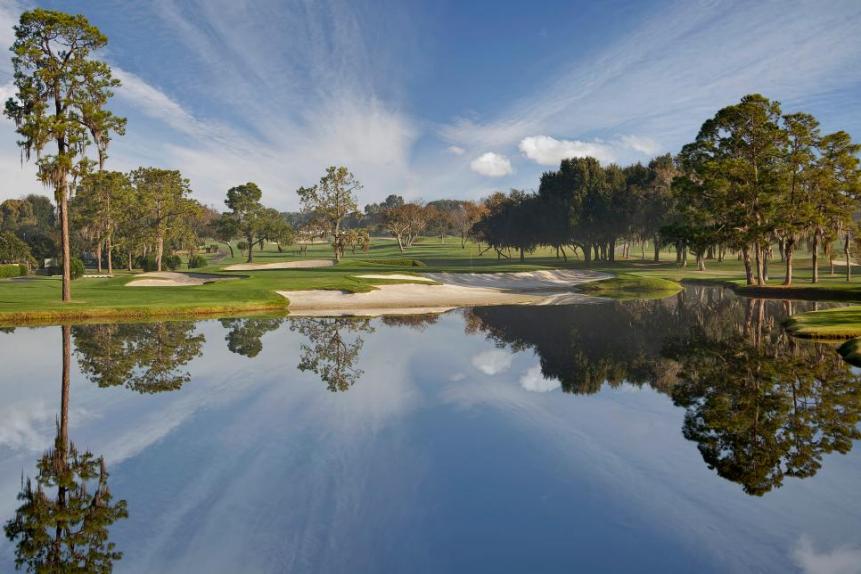
From Golf Digest Architecture Editor emeritus Ron Whitten:
I've always been fascinated by the design of Bay Hill, Arnold Palmer's home course for over 45 years (although Tiger Woods owns it, competitively-speaking, as he's won there eight times.) For one thing, it's rather hilly, a rarity in Florida (although not in the Orlando market) and dotted with sinkhole ponds incorporated in the design in dramatic ways.
I always thought the wrap-around-a-lake par-5 sixth was Dick Wilson's version of Robert Trent Jones's decade-older 13th at The Dunes Club at Myrtle Beach. Each of the two rivals had claimed the other was always stealing his ideas. But the hole I like best at Bay Hill is the par-4 eighth, a lovely dogleg-right with a diagonal green perched above a small circular pond. OK, I admit that it reminds me of the sixth at Hazeltine National, another Trent Jones product, but I don't think Wilson picked Trent's pocket on this one, as both courses were built about the same time, in the early 1960s.I should pause here to point out that I have always given credit to Wilson (who died in 1965, four years after it opened) for the design of Bay Hill, going all the way back to the book I co-authored with Geoff Cornish, The Golf Course, first published in 1981. But the authorship of Bay Hill has been contested, and therein lies a story.
It starts with a call I received in late 1983 from Thomas F. Barnes, Jr., a Florida real estate developer, who saw my book and called to tell me that I had it wrong. Dick Wilson didn't design Bay Hill, Barnes said. He designed it, and Wilson merely reviewed his design, suggested a change and loaned him an associate, Bob Simmons, to construct the course.
Explore more about Bay Hill with our complete review here—including bonus photography and ratings from our expert panelists.
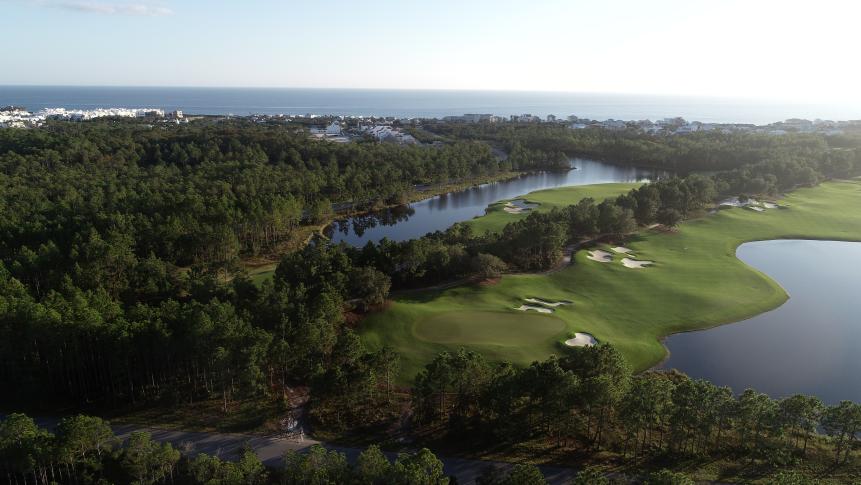
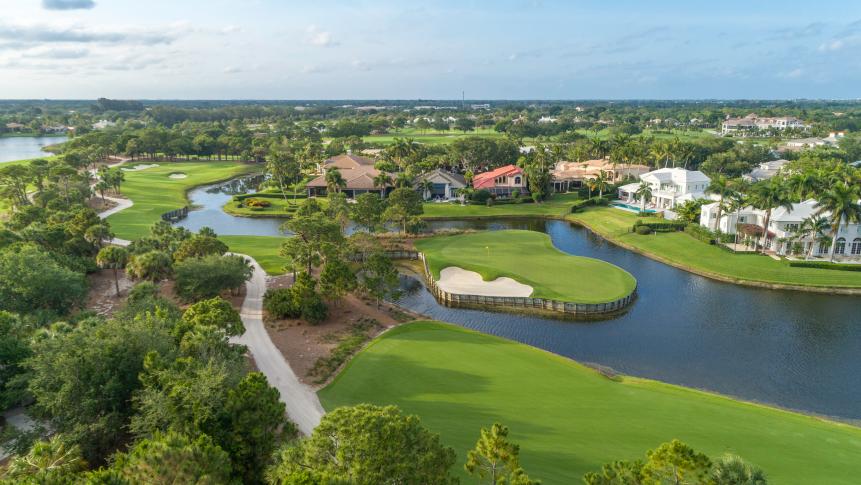
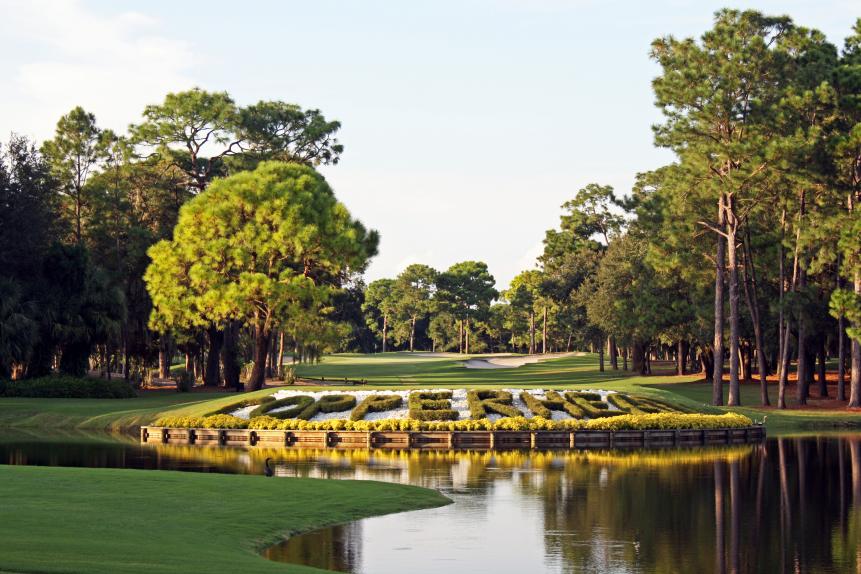
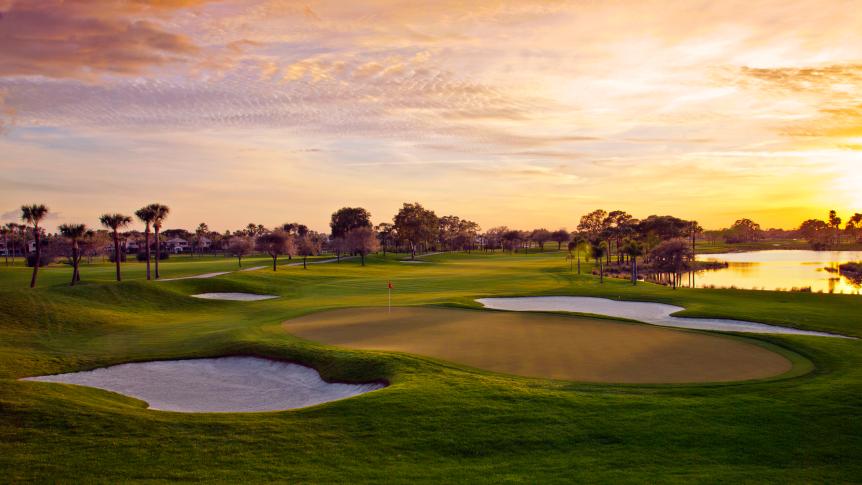

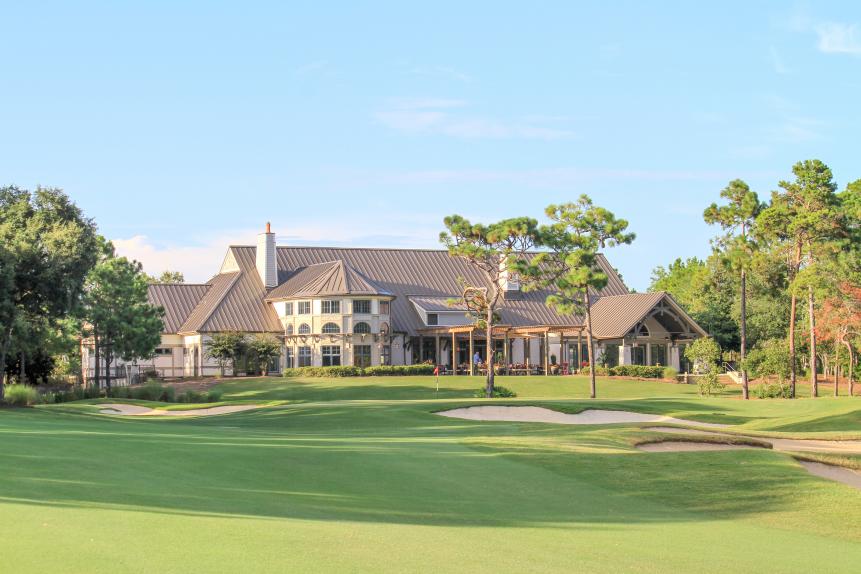

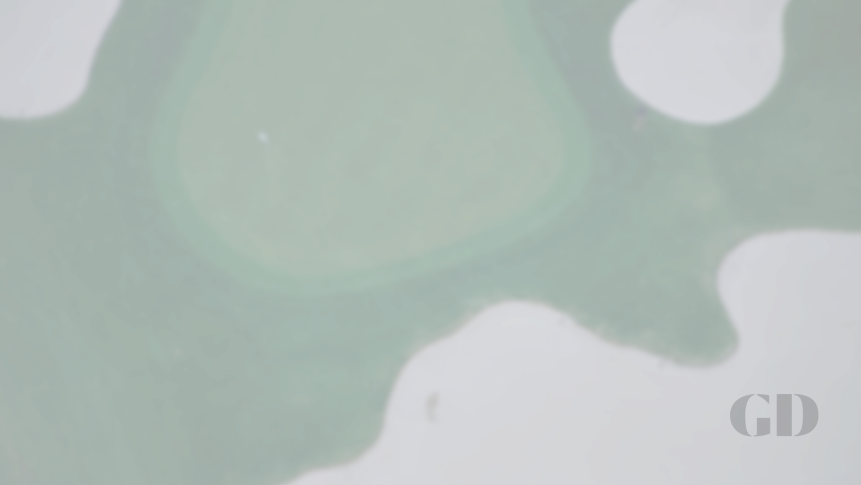
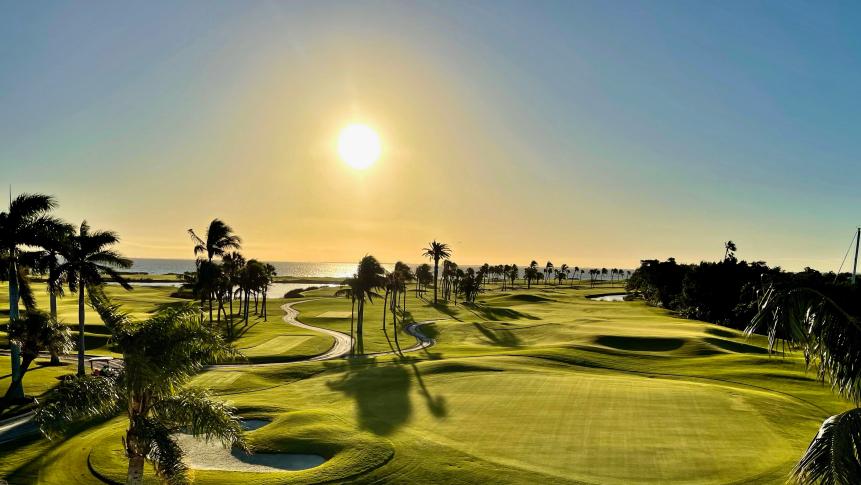
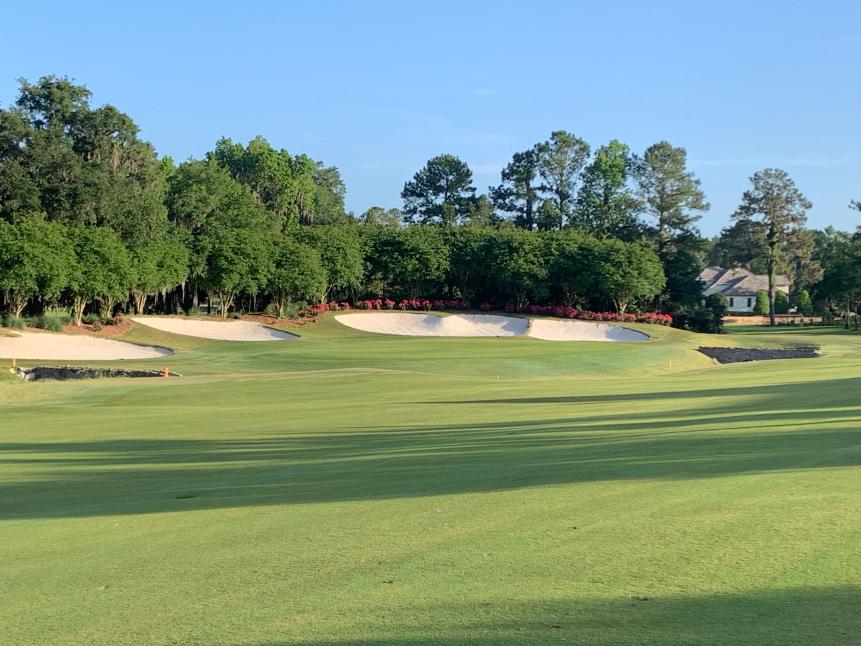
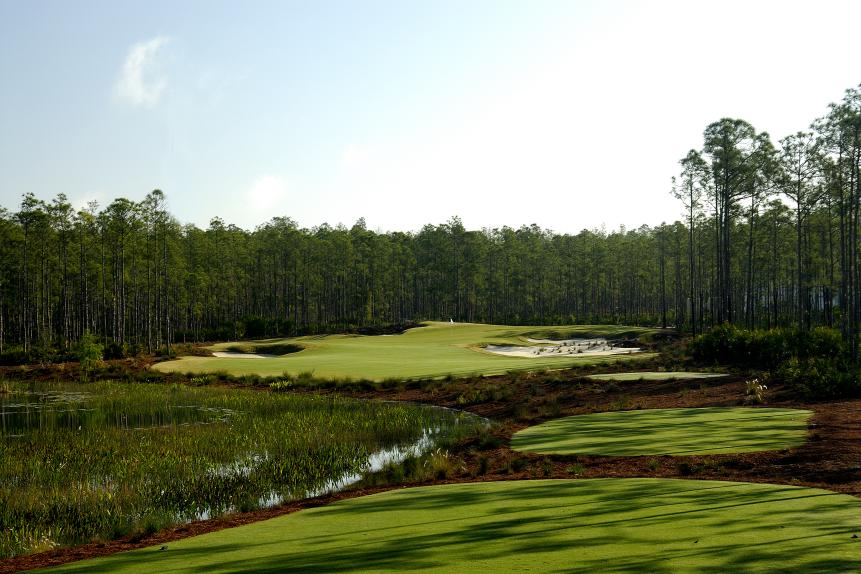
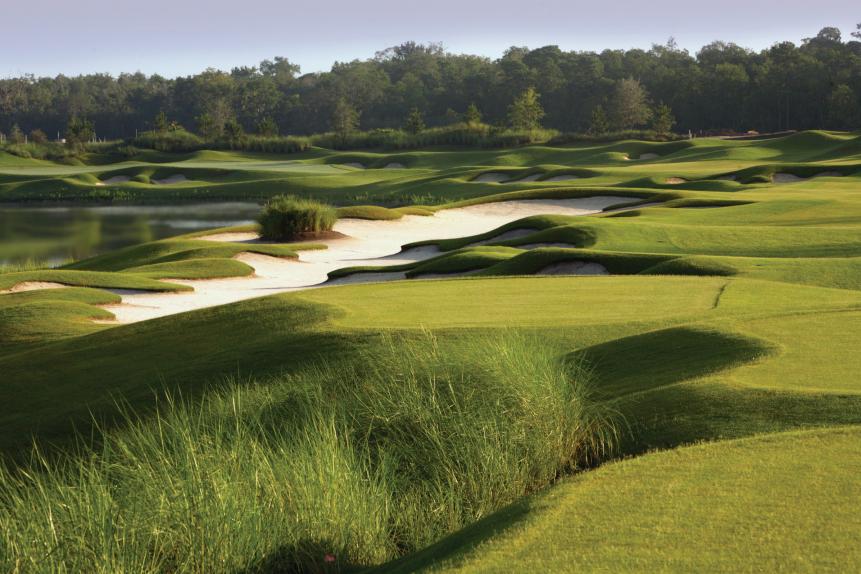
Hammock Beach is a Golf Digest Editors' Choice award-winning resort in Florida and has two of the best public courses in Florida: The first being the Tom Watson-designed Conservatory course, which is more inland than the Jack Nicklaus-designed Ocean course. The Conservatory course is not your typical Florida resort course—its rocco architecture is infused with British links-style features including steep mounding throughout and boasts elaborate stone work, waterfalls, streams, marshes, deep pot bunkers, waste areas and wave-like greens.


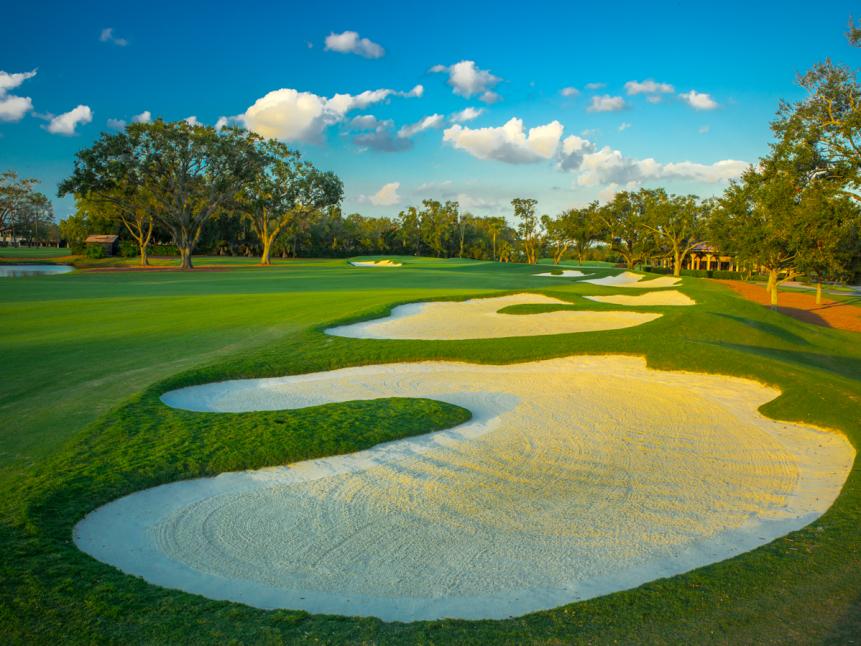

From Golf Digest Architecture Editor emeritus Ron Whitten:
There’s so much to learn about Sara Bay Country Club. Let's start with its history. In his 1927 autobiography, Down the Fairway, Bobby Jones, then 25, (still three years shy of the Grand Slam climax to his golf career) offered one of the more ironic golf course appraisals of all time. "I regard the Whitfield Estates course as one of the best in America," he wrote.
It's ironic for two reasons. First, the course had gone belly up by the time Jones book’ hit bookstores. OK, the book was based on a series of articles previously published in Liberty Magazine, so the course was still viable when Jones first wrote the line.
The course wouldn't be revived until 1937, first as Sarasota Bay Country Club, renamed in 1964 as Sara Bay Country Club. It's also ironic because Jones was on the staff of the firm hired to promote real estate sales around the course, so arguably his was a paid endorsement, although he didn't reveal that at the time. It was certainly a big-time Roaring Twenties operation.
The club hired famed golfer Tommy Armour (who would win the 1927 U.S. Open at Oakmont) as head professional and amateur Perry Adair, of Adair Real Estate was retained to sell homes. Adair made his good friend Jones an "assistant sales manager," with the apparent sole duty of playing promotional golf exhibitions on the course in front of prospective buyers. Despite all the marquee names, the development struggled, and in 1927 Whitfield closed. It was revived 10 years later, briefly as a public course, by digging the course out from under 10 years' growth of shrubbery. Apparently the reclamation wasn't ideal, for a few years before his death, Ross told a reporter that, other than Pinehurst No. 2, Whitfield was as good a course as he'd ever designed, "before the membership messed it up.”
Explore more about Sara Bay Country Club with our complete review here—including bonus photography and ratings from our expert panelists.
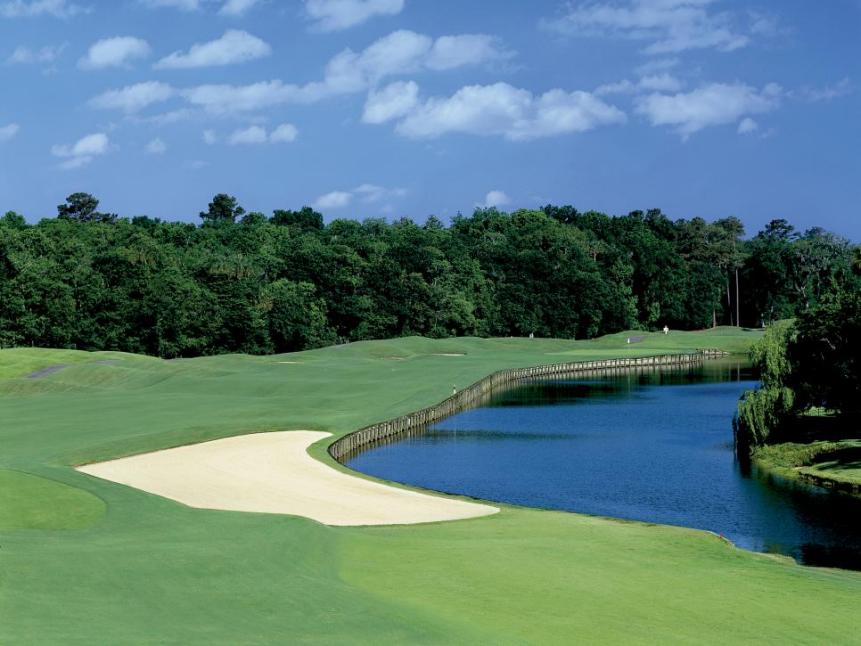
• • •
Explore Golf Digest's recently relaunched Places to Play community, where you can add star ratings and reviews for all the courses you play. We've collected tens of thousands of reviews from our course-ranking panelists to deliver a premium experience, which includes experts' opinions, bonus course photography and videos, plus much more. Check it out here!
